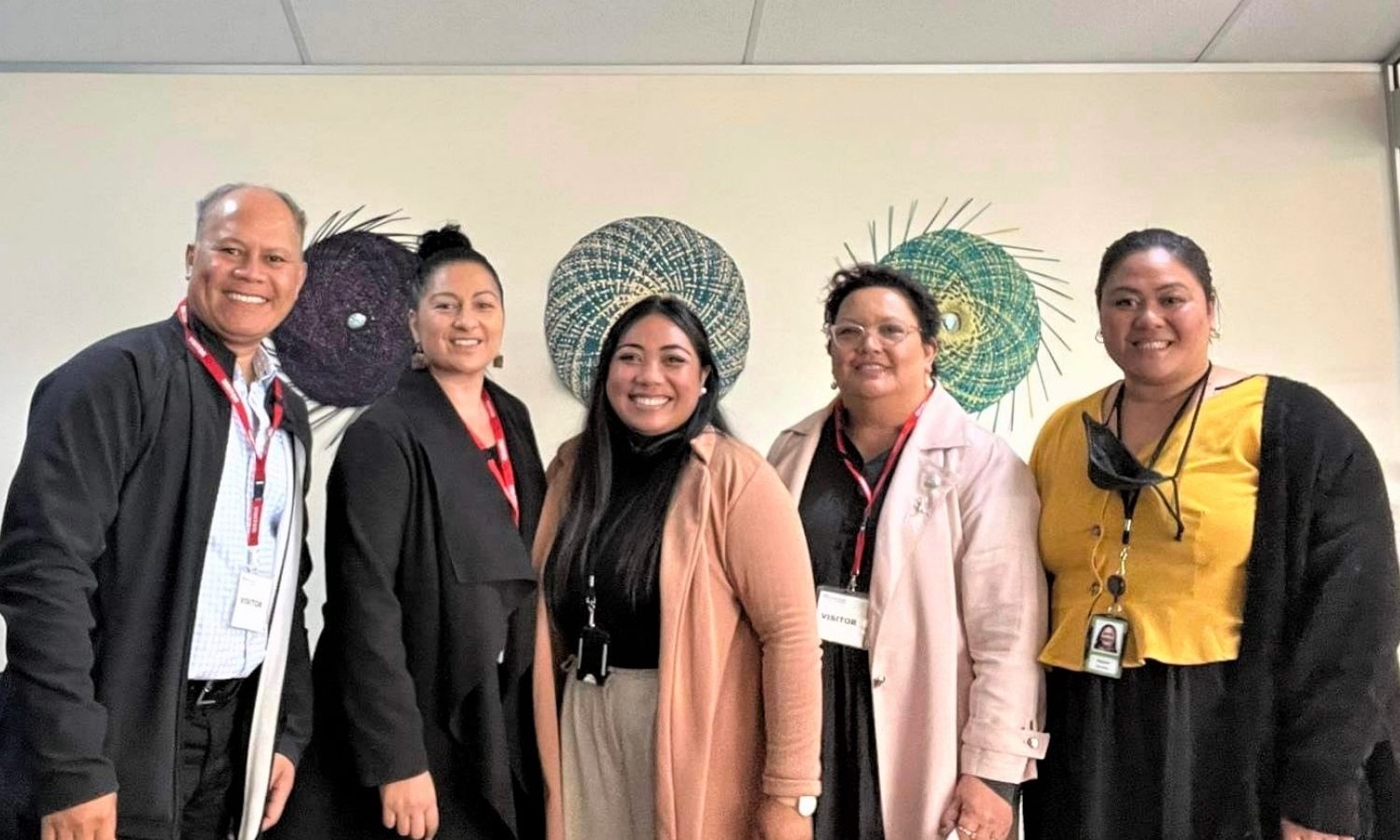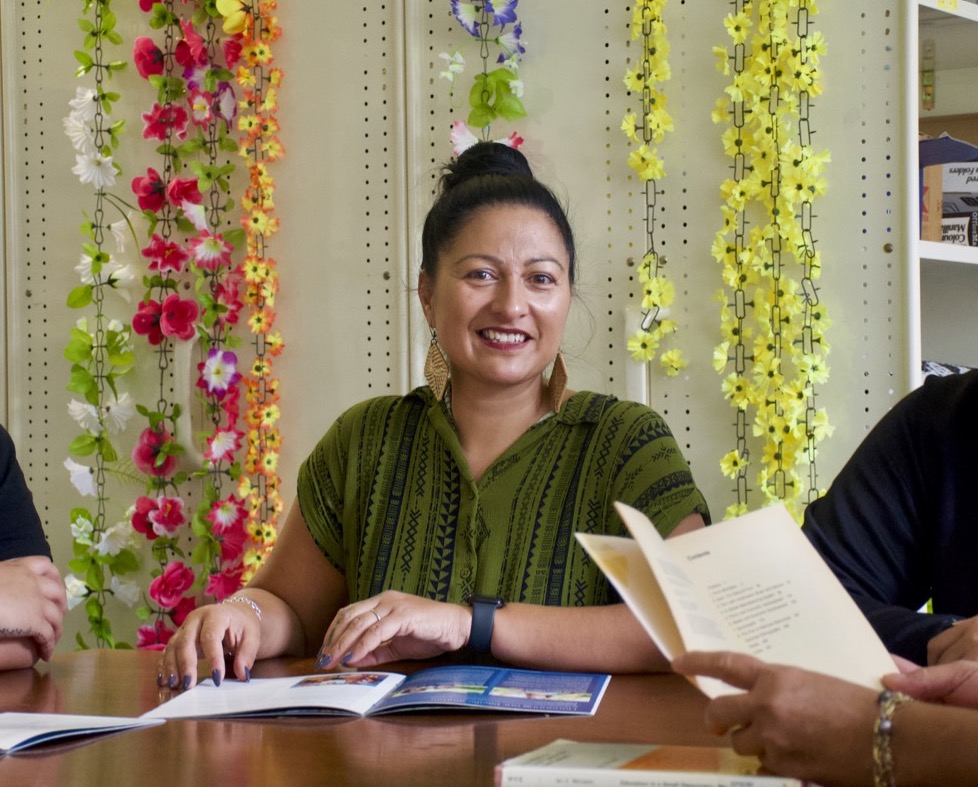Bespoke training
Tui Tuia’s Tapasā training is always tailored to the needs of the schools receiving it.
“If you’re in Oamaru, which has in recent years seen a significant increase in the Tongan population, you might need to learn more about Tongan culture,” says Samu. “If you’re a teacher in Pukekohe, which has a large Kiribati community, you’d need to learn about that non-Polynesian culture so you can engage with your specific Pacific learners.”
Things would be different again at a school where Pacific students from a variety of backgrounds make up the majority, or at a school where many students are recent arrivals compared to one where Pacific communities are long-established. The needs and goals of ECEs also differ from those of primary or secondary schools, says Matapo, an early learning expert.
Crucially, the needs, backgrounds and goals of individual school teams and educators shape the training they receive.
“Our solution is about co-designing the whole process with our participants,” says Matapo. “When our participants reach the goals they’ve set for themselves, that’s when we’ll know we’ve succeeded.”
Of course, the other piece of success will be positive changes in Pacific learners’ outcomes.
“Some of our schools’ and centres’ goals are tied to tangible outcomes in terms of their learners’ success as well as the engagement of learners and families,” says Gaugatao. “We’ve only just started offering this PLD and change does take time – but if you can change teacher expectation and practice, we can expect measurable impacts on learners and families.”
What educators learn
Though the Tapasā training is bespoke, there are commonalities. One of the starting points is for educators to take a look at themselves.
“That means knowing their ‘why’ and also confronting their own assumptions and biases,” says Matapo. “This involves looking at their understandings of culture, identity, language and the value of these things in the lives of the students they’re teaching.”
Teachers also examine their relationships with their students.
“Teachers ask themselves: ‘Do my Pacific learners feel valued in the way I interact and engage?’ You can have a whole suite of pedagogical strategies, but without that relational connection, they won’t stick,” says Matapo.

